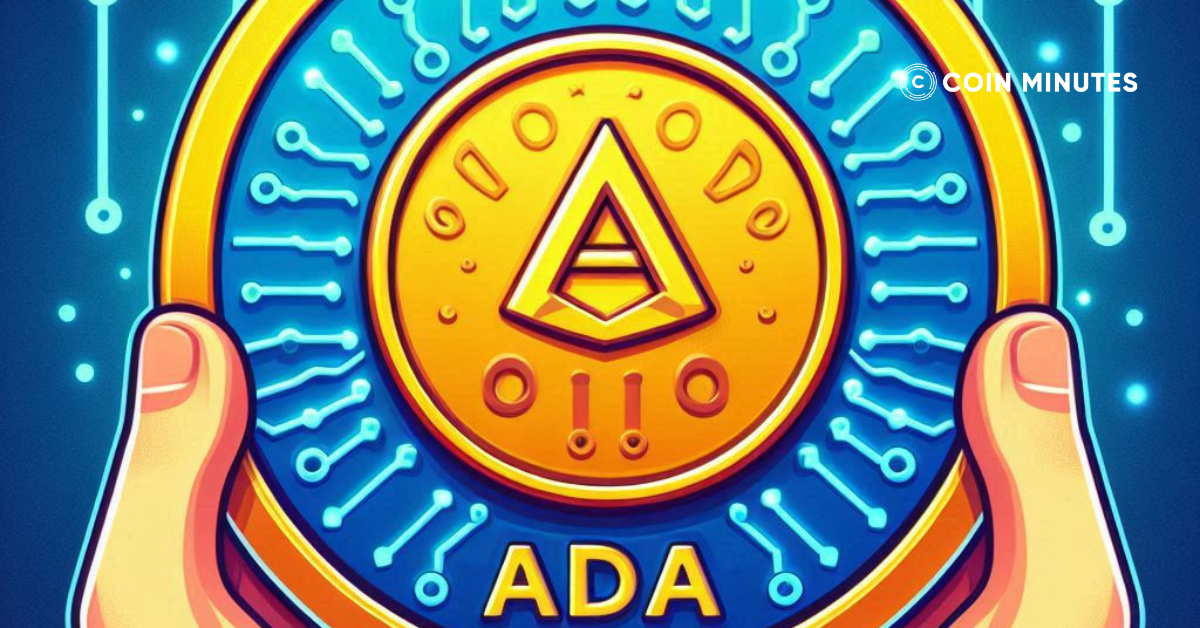After each halving event, miners will have their mining reward reduced by half and the mining difficulty will increase. So how long does it take to mine a Bitcoin after the 2024 halving event?
In this article, we will explain how long it takes to mine one Bitcoin and discuss the expected number of Bitcoins to be created daily after the 2024 halving event.
Key Takeaways
|
How Long Does It Take to Mine a Bitcoin?
On average, it takes approximately 10 minutes for the network to mine a single block.
However, the actual duration hinges on various determinants including the hashing capacity of your mining hardware, the aggregate network hash rate, and the prevailing Bitcoin mining difficulty.
Your Bitcoin mining pace correlates directly with your portion of the network’s cumulative computational prowess, a larger allocation translates to swifter Bitcoin accrual.
Factors Influencing Mining Time
Mining Difficulty
The primary consideration lies in the dynamic metric called “mining difficulty”. It quantifies the effort required for compensation. Its purpose is to maintain a consistent block production rate of approximately one block every 10 minutes.
With increased miner participation, transaction validation becomes expedited, prompting the network to elevate the difficulty level, thereby moderating block production speed.
Bitcoin mining difficulty is typically computed using various formulas, with one common approach being:
|
Difficulty Level = Difficulty Target / Current Target |
The Difficulty Target represents the hexadecimal notation of the target hash with a mining difficulty set at 1, while the Current Target signifies the target hash of the latest block of transactions. Dividing these values yields a whole number, indicating the difficulty level of mining Bitcoin.
If the result is 24 trillion, a miner is expected to generate roughly 24 trillion hashes before discovering the winning hash. However, miners may occasionally strike luck and uncover it with significantly fewer attempts.
Mining difficulty reflects the effort required to generate a number lower than the target hash. It adjusts every 2,016 blocks approximately every two weeks, based on miners’ efficiency and participation.
The Bitcoin network adapts the hash rate determined by miners’ computational power, to regulate cryptocurrency mining. Increased miner competition raises difficulty, while reduced participation lowers it, aiming to maintain an average block time of 10 minutes.
As of May 1, 2024, the difficulty level stood at 88.1 trillion, translating to a 1 in 88.1 trillion chance of producing a qualifying hash. In comparison, winning the Powerball Grand Prize with a single ticket is about 285,000 times more likely than hitting the correct hash on a single attempt.
At today’s difficulty level, even with highly advanced systems, a solo miner might still require roughly 10 minutes to mine a single Bitcoin. However, for the average miner, the timeframe extends to around 30 days.
Hash Rate
The pivotal factor dictating the duration to mine 1 Bitcoin is the hash rate of your mining setup. Much like increasing lottery ticket purchases enhances winning odds, higher hash rates amplify the likelihood of mining at least 1 Bitcoin.
In February 2024, the Bitcoin network’s collective hash rate reached approximately 600 EH/s, while a solitary ASIC, the Antminer S19 Pro, boasted a hash rate of 0.00011 EH/s.
As the overall computational prowess vying for block rewards escalates, individual miners’ share of the network diminishes, rendering solo Bitcoin mining significantly more challenging. Consequently, mining pools emerge, enabling miners to pool their computational resources for enhanced block-solving prospects and reward sharing.
The quantity of ASICs a miner can deploy correlates with the accumulation of lottery tickets, thus elevating the probability of block creation. With less than 7% of the Bitcoin supply remaining to be mined, competition is intense.
February 2024 witnessed Foundry USA, F2Pool, and AntPool as the dominant players in Bitcoin mining pool hash rate distribution as depicted in a pie chart.
Numerous factors, including Bitcoin price volatility, energy costs, and Bitcoin’s fluctuating difficulty, influence the revenue and timeframe of Bitcoin mining operations. While these factors facilitate estimations, the dynamic and probabilistic nature of calculations underscores the need for adaptability.
Hardware Efficiency
There are many mining hardware options available, but most of them can be divided into three main popular categories: GPU, CPU, and ASIC.
CPU
Central Processing Units (CPUs), integral to blockchain calculations, are essential components in all mining operations. These computational units are present in every mining computer, executing the necessary mathematical computations.
The evolution of mining hardware commenced with the utilization of personal computers. Satoshi Nakamoto, the creator of Bitcoin, initiated mining in 2009 using a basic computer. However, this method was only feasible due to the absence of significant competition during that period.
As the mining landscape evolved, computers tailored for cryptocurrency mining have undergone significant enhancements in power and sophistication. The escalating computational demands necessitate increasingly potent hardware for a competitive edge in the mining process. CPUs are commonly favored by novices who are in the learning phase and may have limited initial investment capital.
GPU
The progression of Bitcoin mining hardware advanced with the introduction of Graphics Processing Units (GPUs). These high-quality graphics cards, designed for modern computing tasks, proved to be significantly more efficient in solving cryptocurrency-related equations.
GPUs began to be employed for crypto mining around 2010, offering superior performance compared to CPUs. Upon their adoption, it was determined that GPU-based systems were approximately six times more effective in generating block rewards compared to the earlier CPU-based setups. Despite this increase in efficiency, the cost of an average GPU was only double that of a CPU, making them a cost-effective choice for miners.
ASIC mining
The third transformative innovation in Bitcoin mining emerged in 2013 with the introduction of ASICs (Application-Specific Integrated Circuits). These specialized hardware units were purpose-built for mining, offering unparalleled efficiency in solving complex mathematical equations at speeds far beyond conventional computing devices.
Unlike GPUs and CPUs, ASICs boast lower power consumption coupled with significantly higher hash rates. This translates to more rapid and frequent block rewards for ASIC miners.
However, while the profitability of ASIC mining is undeniable, it comes at a higher upfront cost for the hardware compared to GPU-based systems or traditional computers. Nevertheless, the enhanced mining efficiency ensures a quicker return on investment, offsetting the initial expense.
Read more about how Bitcoin mining works: coinminutes.com/learn/how-does-bitcoin-mining-work
How Much Bitcoin Can Be Mined in a Day?
According to basic theory, Bitcoin generates a new block in its ledger about every 10 minutes, leading to miners collectively mining around 144 blocks per day on average. Following the Bitcoin Halving event in 2024, the reward for miners halved from 6.25 to 3.125 Bitcoins, equivalent to 450 BTC being minted daily.
In reality, mining is a random and unpredictable process. What’s important is that every individual participating in the Bitcoin mining race needs to prepare by using suitable computer hardware systems to enter this arena.
How to Optimize Mining Time
Join Mining Pools
By joining a mining pool, you amalgamate your mining power with other miners, amplifying your chances of earning Bitcoins. Additionally, it fosters more predictable payouts, minimizing the waiting time for block rewards.
Hardware Upgrades
Enhancing your mining efficiency hinges on investing in top-tier hardware. Seek out ASIC miners tailored for Bitcoin mining, renowned for their superior hash rates and energy efficiency, outperforming traditional CPUs or GPUs.
Monitoring Network Difficulty and Hash Rate
Regularly monitor your mining setup for potential problems or inefficiencies. Monitor hardware metrics like temperature, fan speed, power usage, and most importantly, your network connection speed. Quickly resolve any issues to minimize downtime and maximize mining efficiency.
The Bottom Line
As Bitcoin mining intensifies in competition and diminishes in profitability, no miner can guarantee receipt of a block, particularly without ample computational resources to outpace competitors.
Consequently, determining the timeframe for successfully mining a block proves intricate. Despite considering various factors, there’s no straightforward or precise answer to the question of how long it takes to mine one Bitcoin.








